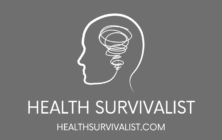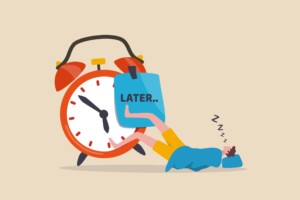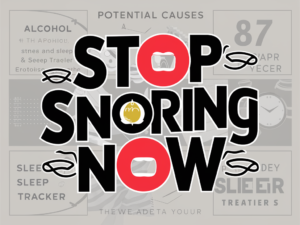Diabetes has silently woven itself into the fabric of our society, becoming a global health concern that affects millions each year. Yet, despite its prevalence, the early signs of this condition often go unnoticed, mistaken for stress, aging, or the wear and tear of daily life. The truth is, early detection of diabetes can significantly alter its course, preventing the onset of severe complications and improving quality of life.
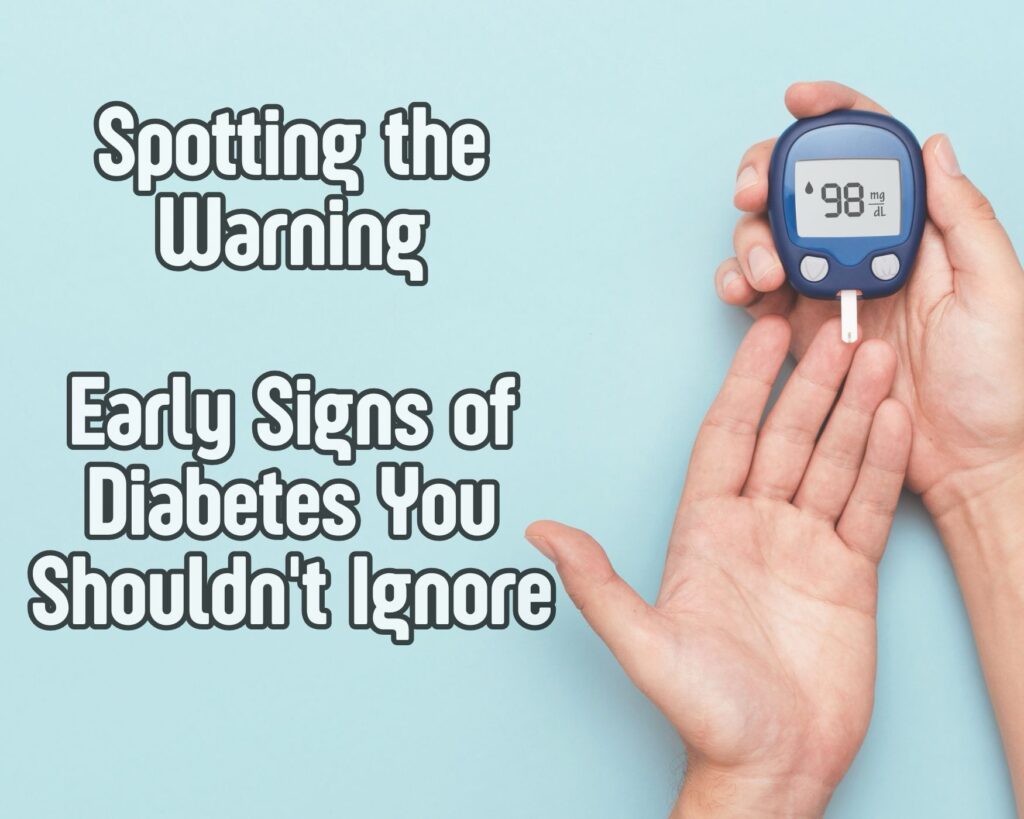
This article sheds light on the early warning signs of diabetes, emphasizing the crucial differences and similarities between type 1, type 2, and gestational diabetes. It aims not only to inform but also to share personal experiences that highlight the real-life implications of recognizing these signs. By understanding what to look for, we can take proactive steps towards prevention and management, safeguarding our health and that of our loved ones.
As we delve into the nuances of diabetes symptoms, remember that knowledge is power. The more we know about the early signs of diabetes, the better equipped we are to address it head-on. Whether you’re concerned about yourself or someone close to you, staying informed is the first step towards making meaningful health decisions. Let’s embark on this journey of awareness together, uncovering the silent signals that call for our attention before it’s too late.
What Are the First Warning Signs of Diabetes?
The onset of diabetes can be insidious, with early symptoms often dismissed as benign. Yet, recognizing these initial warnings is critical for early intervention. Here, we explore the signs that commonly precede the diagnosis of both type 1 and type 2 diabetes.
Why Am I Always Thirsty and Heading to the Bathroom?
Unquenchable thirst and frequent urination are hallmark symptoms of diabetes. When excess sugar circulates in your bloodstream, it draws water from your tissues, leaving you dehydrated and thirsty. To compensate, you drink more and, in turn, urinate more. This was the first clue for a friend of mine, who initially attributed his thirst and increased bathroom breaks to the hot summer weather. However, when these symptoms persisted into cooler months, he sought medical advice, leading to his diagnosis of type 2 diabetes.
How Did I Lose Weight Without Trying?
Unexpected weight loss, especially if you are eating more to try and quench constant hunger, can be a sign of diabetes. This occurs because, without enough insulin to help your body use sugar for energy, your body begins to burn fat and muscle instead. A colleague shared her story of dropping several pounds over a few months without any changes to her diet or exercise routine, a classic red flag that led to the discovery of her type 1 diabetes.
Why Do I Feel So Tired All the Time?
Fatigue is another common early sign, stemming from the body’s inability to properly use glucose for energy. This was a symptom I personally overlooked, chalking up my constant tiredness to long work hours and insufficient sleep. It wasn’t until I learned that this could be a symptom of diabetes that I began to piece together my own health puzzle.
Is My Constant Hunger Related to Diabetes?
An increase in hunger, medically known as polyphagia, is a direct response to the body’s lack of insulin or resistance to insulin. Despite eating more, you might find yourself always hungry because the glucose from your food isn’t being efficiently converted into energy. This perpetual hunger can be perplexing and often leads individuals to consume more calories, exacerbating the problem.
These symptoms, though common to many conditions, should not be ignored, especially if they persist or worsen. Early detection of diabetes hinges on the recognition of these signs and the willingness to act upon them. If you or someone you know is experiencing these symptoms, consulting with a healthcare professional can provide clarity and pave the way for necessary treatment and lifestyle adjustments.

Can Sudden Vision Changes Signal Diabetes?
Unexpected changes in vision can indeed serve as an early alarm for diabetes, a symptom often overlooked until it becomes pronounced. When blood sugar levels soar, it can lead to swelling in the lenses of the eyes, affecting your ability to focus. This might manifest as blurred vision, difficulty in adjusting from dark to light environments, or sudden issues with reading fine print.
A Personal Insight: The Clarity in Hindsight
A friend’s experience brings this point home vividly. He joked about needing new glasses when he started having trouble reading signs on the road, assuming his vision was simply deteriorating with age. However, when his vision fluctuated, returning to normal on some days, it prompted a visit to the optometrist. This inconsistency in vision clarity led to a blood sugar test, which unveiled his prediabetes. In retrospect, he realized that these vision changes were his body’s way of signaling that something was amiss.
Is It Normal for Cuts and Sores to Heal Slowly?
For many, a minor cut or scrape is a fleeting inconvenience. However, for individuals on the cusp of diabetes, these wounds can linger, healing at a frustratingly slow pace. High blood sugar levels impair the body’s natural healing process and weaken the immune system’s ability to fight off infections. If you notice that a simple garden scratch or a minor kitchen burn takes weeks to heal, it’s worth considering a blood sugar check.
From Minor Wounds to Major Insights
An acquaintance shared how a small nick from shaving turned into a stubborn wound that wouldn’t heal. Initially dismissed as an irritation, it became a red flag when it showed little progress over weeks. This incident, minor as it seemed at the time, led to his diagnosis of type 2 diabetes. It was a stark reminder of how seemingly insignificant symptoms can point to larger health issues.
Tingling Sensations: Should They Raise Concerns?
Numbness or tingling in your hands and feet, often described as “pins and needles,” can also indicate early-stage diabetes. This symptom, known as diabetic neuropathy, arises when elevated glucose levels damage the body’s nerve fibers, particularly in the extremities. While it may start as an occasional annoyance, it can progress to more severe sensitivity and pain if left unchecked.
A Wake-Up Call from Numbness
A family member described waking up with her feet feeling “asleep,” a sensation she first attributed to poor sleeping positions. However, when these sensations became more frequent and were accompanied by a burning pain, she sought medical advice. This early symptom of diabetes had been her body’s cry for attention, leading to lifestyle changes that significantly improved her condition.

How Can I Start Checking My Blood Sugar at Home?
In the journey of understanding and managing your health, especially when suspecting diabetes, monitoring your blood sugar levels at home can be a proactive and empowering step. It not only provides crucial insights into your body’s glucose management but also prepares you with valuable information ahead of your doctor’s appointment. Here’s how you can start this important health routine right at home.
Choosing the Right Glucose Monitoring Kit
A reliable blood glucose monitor is your first ally in keeping tabs on your sugar levels. The Metene TD-4116 Blood Glucose Monitor Kit is an excellent choice for those new to glucose monitoring. It comes with everything you need to get started: a blood sugar monitor, 100 testing strips, 100 lancets, a lancing device, and even control solution for ensuring accuracy. Its no-coding requirement and large display make it user-friendly, especially for individuals who might be apprehensive about using such devices for the first time.
Setting Up Your Monitor
Before using your new monitor, take a moment to read through the manual. Familiarize yourself with how to insert the test strip, use the lancing device, and apply the blood sample. The Metene TD-4116 makes this process straightforward, designed with ease of use in mind. Don’t forget to use the control solution to perform a test run, ensuring your device is working correctly and giving accurate readings.
When and How to Test
For those unsure if their symptoms indicate diabetes, testing your blood sugar under various conditions can provide insights. Consider testing first thing in the morning before eating, known as a fasting blood glucose test. You can also test two hours after meals to see how your body handles sugar from foods. The Metene TD-4116’s large memory storage allows you to keep track of these readings over time, offering a clearer picture of your blood sugar patterns.
Interpreting Your Results
While the Metene TD-4116 will give you precise readings, understanding what those numbers mean is crucial. Generally, a fasting glucose level under 100 mg/dL is considered normal, whereas levels above this may indicate prediabetes or diabetes. However, it’s important to consult with your healthcare provider for a comprehensive evaluation and personalized advice based on your readings.
Taking Action
If you find consistently elevated blood sugar levels, it’s essential not to panic. Instead, use this data as a motivating factor to seek professional medical advice. Document your readings, noting any patterns or triggers you observe, and bring this information to your doctor’s appointment. This proactive approach can significantly contribute to a constructive conversation about your health and potential next steps.
Monitoring your blood sugar at home is a practical step towards taking control of your health, especially when facing the possibility of diabetes. The Metene TD-4116 Blood Glucose Monitor Kit offers a reliable, user-friendly option for those beginning this journey. Remember, these home tests are not a substitute for professional medical diagnosis and treatment but a complementary tool in managing and understanding your health better.

What Next After Home Monitoring? Navigating Your Path to Health
After taking the proactive step of monitoring your blood sugar levels at home, you might wonder what to do with the information you’ve gathered. Whether your readings have raised concerns or you’re simply seeking peace of mind, understanding your next steps is crucial.
When to See a Doctor
If your home monitoring results consistently show blood sugar levels outside the normal range, it’s time to schedule an appointment with a healthcare professional. Elevated readings don’t automatically mean you have diabetes, but they are a signal that your body needs further evaluation. Bring your home monitoring records with you to the appointment; this data provides a valuable snapshot of your glucose levels over time, aiding in diagnosis and treatment planning.
Preparing for Your Doctor’s Visit
Documentation is key. Along with your glucose monitor’s readings, consider keeping a log of your diet, exercise, and any symptoms you’ve experienced. This holistic view of your lifestyle and health can help your doctor make more informed decisions. Be ready to discuss your family history of diabetes, as genetics play a significant role in your risk profile.
Understanding Potential Outcomes
Your doctor may suggest a series of tests, including the A1C test, which gives an average blood sugar level over the past two to three months. Depending on the results, you might be diagnosed with prediabetes, type 1 diabetes, type 2 diabetes, or gestational diabetes if you’re pregnant. Each condition has its management plan, often involving lifestyle changes, medication, or insulin therapy.
Embracing Lifestyle Changes
Regardless of your diagnosis, adopting healthier lifestyle habits can have a profound impact on managing or preventing diabetes. Simple changes, such as incorporating more whole foods into your diet, increasing physical activity, and managing stress, can improve your body’s insulin sensitivity and overall well-being.
Seeking Support
Remember, you’re not alone. A diabetes diagnosis can feel overwhelming, but support is available. From healthcare teams to support groups and educational resources, many avenues can help you navigate this journey. Engaging with a community can provide encouragement, tips, and understanding from those who’ve walked this path before you.

How Can I Manage Low Energy Associated with Diabetes?
A frequent concern for those monitoring their blood sugar, whether newly diagnosed or assessing their risk for diabetes, is managing the bouts of low energy that often accompany fluctuations in glucose levels. This symptom can be particularly challenging, affecting your daily activities, work, and overall quality of life.
Understanding the Link Between Blood Sugar and Energy Levels
Low energy in the context of diabetes is primarily due to the body’s inability to effectively use glucose as a source of fuel. When glucose remains in your bloodstream rather than being absorbed by your cells, your body reacts by feeling fatigued or exhausted. It’s a signal that your glucose levels are not where they should be, either too high or occasionally too low, as in cases of hypoglycemia.
Strategies for Boosting Energy
Managing your energy levels involves a multi-faceted approach, focusing on diet, exercise, and overall lifestyle adjustments. For those navigating the complexities of energy management amidst diabetes concerns, Essential Tips for Managing Low Energy offers valuable guidance. Here are a few strategies highlighted in this comprehensive resource:
- Balanced Diet: Emphasizing a diet rich in whole foods, fiber, and lean proteins can help stabilize blood sugar levels, thereby maintaining energy throughout the day. Avoiding large meals and focusing on smaller, more frequent meals can also prevent the energy dips associated with post-meal blood sugar spikes.
- Regular Exercise: Incorporating regular physical activity into your routine can improve insulin sensitivity, allowing your body to use glucose more effectively. Exercise doesn’t have to be strenuous; even daily walks can make a significant difference.
- Adequate Hydration: Dehydration can exacerbate feelings of tiredness. Ensuring you’re well-hydrated helps your body’s systems, including glucose management, function better.
- Quality Sleep: Poor sleep can affect your blood sugar levels and insulin sensitivity. Prioritizing good sleep hygiene practices can enhance your energy levels and overall health.
Personal Story: Finding Balance
I remember a period when managing my energy felt like a daily battle. It wasn’t until I adopted a holistic approach, similar to the one detailed in the Essential Tips for Managing Low Energy, that I began to see a change. Small dietary tweaks, coupled with regular walks and prioritizing sleep, transformed my days. It was a reminder that in managing diabetes or prediabetes, our daily habits play a pivotal role.
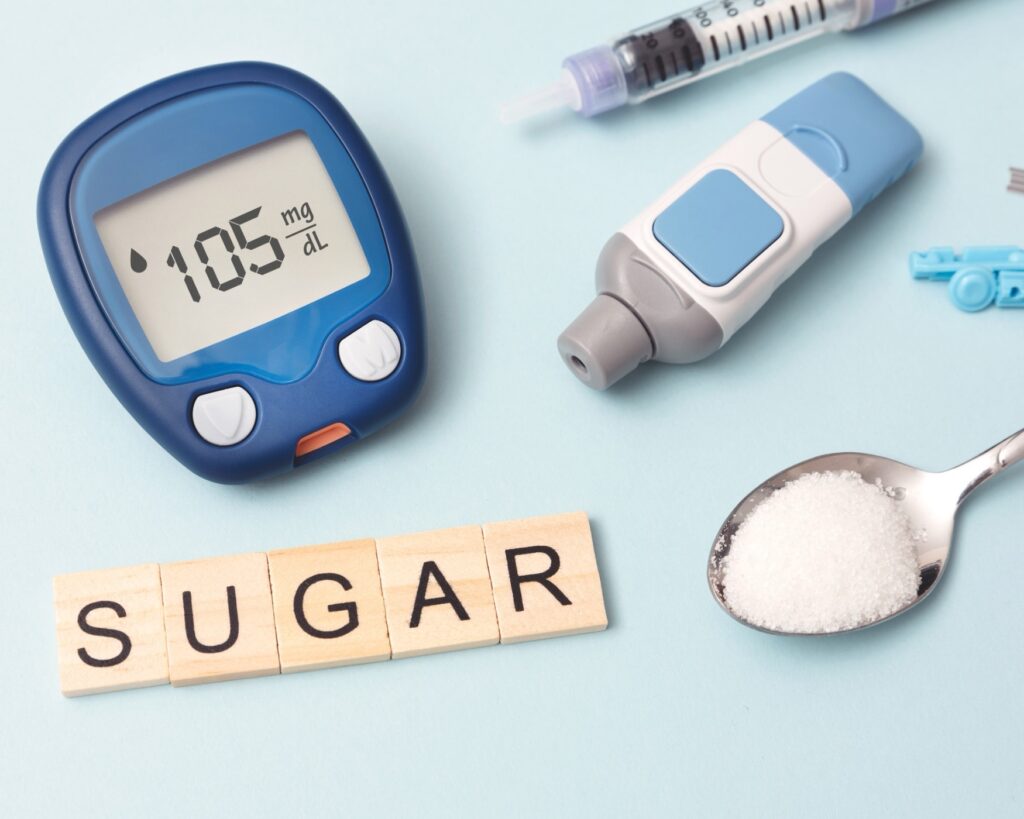
Embracing a Proactive Approach to Diabetes Management
Understanding your body’s signals and knowing when to take action are foundational in managing or even preventing diabetes. Whether it’s through monitoring your blood sugar with reliable tools like the Metene TD-4116 Blood Glucose Monitor Kit or addressing symptoms of low energy with holistic lifestyle changes as suggested in Essential Tips for Managing Low Energy, taking charge of your health is empowering.
Implementing these strategies requires commitment and sometimes, a shift in perspective. Viewing diet adjustments and exercise not as burdens but as empowering tools for health can transform your journey with diabetes. Moreover, regular monitoring with an easy-to-use kit can demystify your glucose levels, making management less daunting.
The Importance of Support and Resources
Remember, you’re not navigating this path alone. Utilizing resources like the comprehensive guide on managing low energy can offer not just tips, but also comfort in knowing others share your experiences and challenges. The journey is always easier with knowledge and support at your side.
As we conclude, it’s worth reiterating the importance of early detection and proactive management in dealing with diabetes. The signs of diabetes, from increased thirst and unexplained weight loss to bouts of fatigue, demand our attention and action. Equipping yourself with the right tools for monitoring, like the Metene TD-4116 Blood Glucose Monitor Kit, and embracing lifestyle changes are pivotal steps.
If you suspect you or a loved one might be showing early signs of diabetes, or if you’re simply looking to manage your energy levels better, exploring these resources and tools can set you on a path to better health. Remember, each step you take, no matter how small, is a move toward a healthier, more vibrant life.
As an Amazon Associate we earn from qualifying purchases through some links in our articles.
